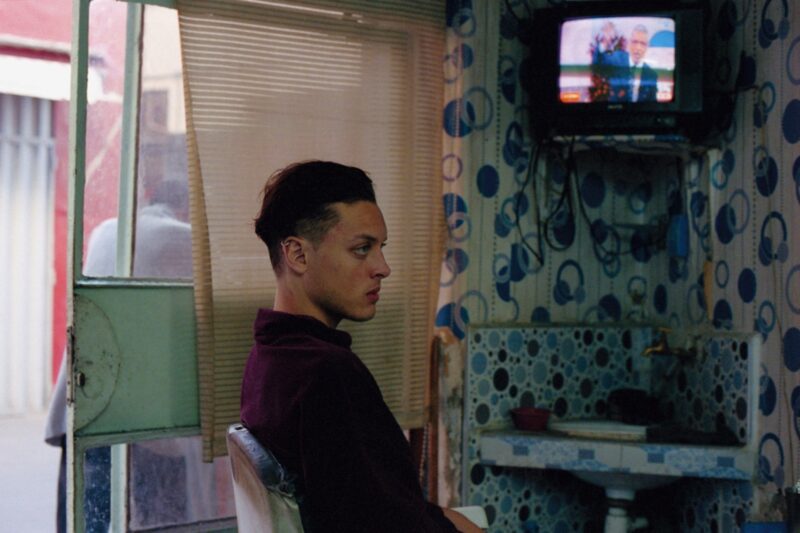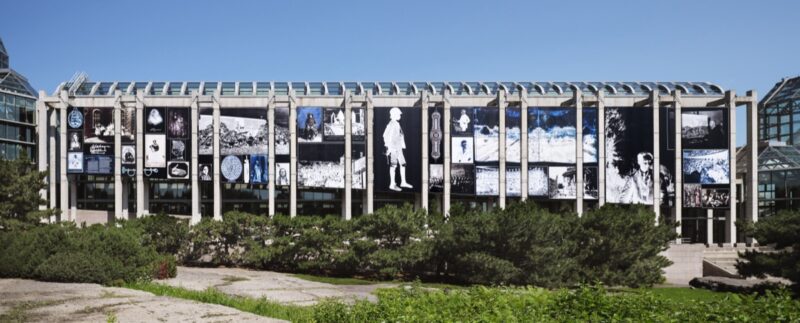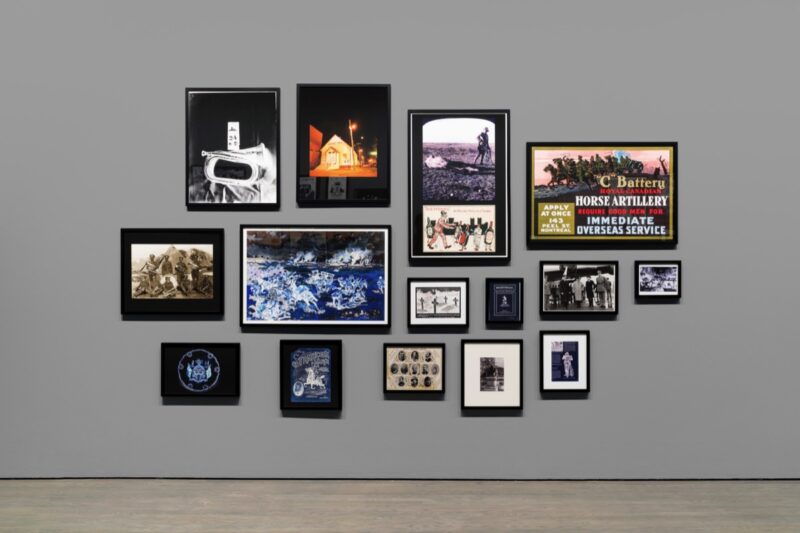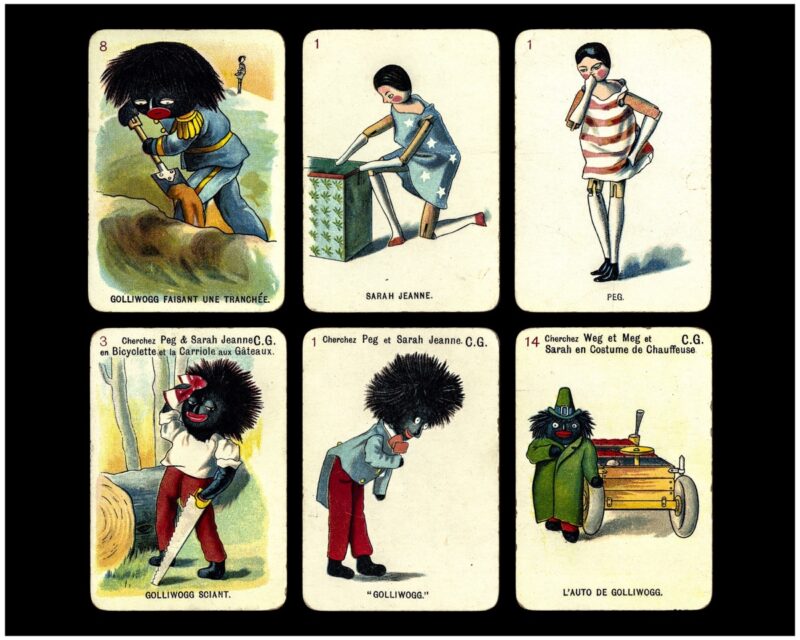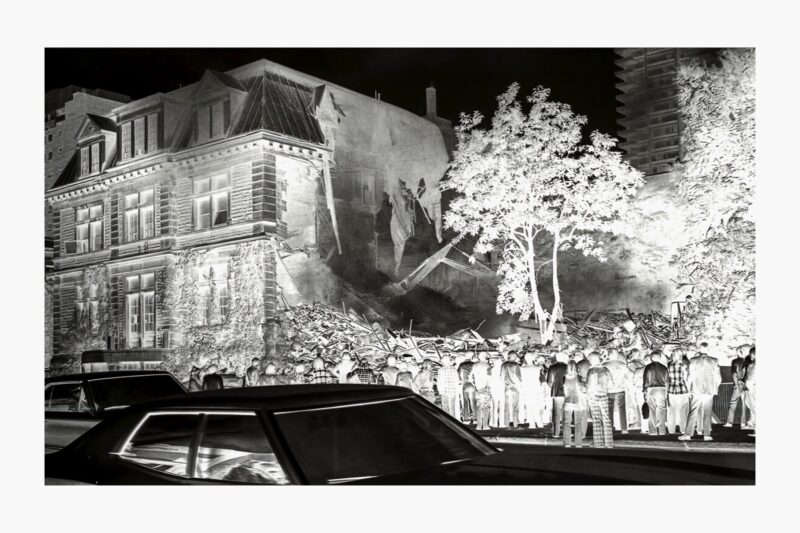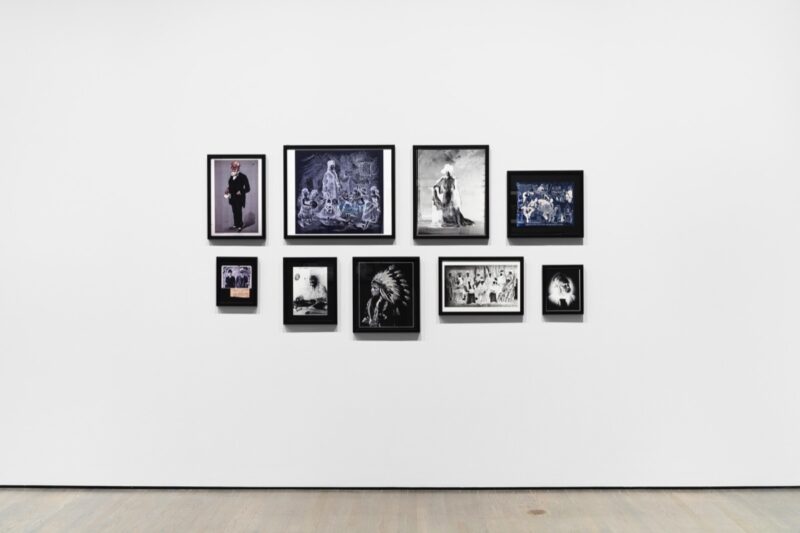[Summer 2025]
Photography as a Talisman
by Fanny Bieth
[EXCERPT]
Fatine-Violette Sabiri is a multidisciplinary artist whose media include photography, textile arts, and installation. Her book Kiss Landing, published in 2024,1 brings together almost two hundred photographs taken in Casablanca, where Sabrini was born, and in Montreal, where she lives and works. Produced over a ten-year period, the images explore her sense of belonging and show her deep connection to both of these cities, between which she has been travelling since she was a child. Aiming her lens at her immediate environment, she brings to light how the two places, despite their geographic distance, have together formed a framework for her life.
The book opens on a view of her studio in July 2022. On the wall, the photographs from the book are hung above a table on which sit other prints, rolls of adhesive tape, jars filled with brushes and crayons, paints, books, a dried flower, and more. A string of loaves of round bread hung across the ceiling form a garland in the upper part of the image. The grouping points to the creative process and the companionable relationship that is forged between an artist and her work. There is something artisanal in the attention to materiality that infuses Sabiri’s production.
[…]
[ Complete issue, in print and digital version, available here: Ciel variable 129 – FROM CONTINENT TO CONTINENT ]
[ Complete article in digital version available here: Fatine-Violette-Sabiri, Kiss Landing]
Born in 1994, Fatine-Violette Sabiri is a graduate of Concordia University. In her practice, she uses photography, textiles, and traditional artisanal techniques from which she draws autobiography-tinged stories. Her work has been exhibited in Canada, Morocco, Czechia, and she is represented by Galerie Eli Kerr in Montreal.
fvs247.com
Fanny Bieth is an author and a doctoral student in art history, specializing in photographic studies, at UQAM. In her research, she looks at the relations between psychiatry and the media of photography and film. She is the publishing coordinator for the magazine Captures.

